If you want to attract Monarch butterflies to your garden you need to plant milkweed!

Monarchs (Danaus plexippus) lay their eggs exclusively on Milkweeds (Asclepias spp.). Milkweed is named for its milky sap, which consists of latex-containing alkaloids and several other complex compounds, including cardenolides, which are toxic and help protect the caterpillar and butterfly from predators.
There are approximately 72 different species of Milkweeds native to North America. Here are five of my favorites:
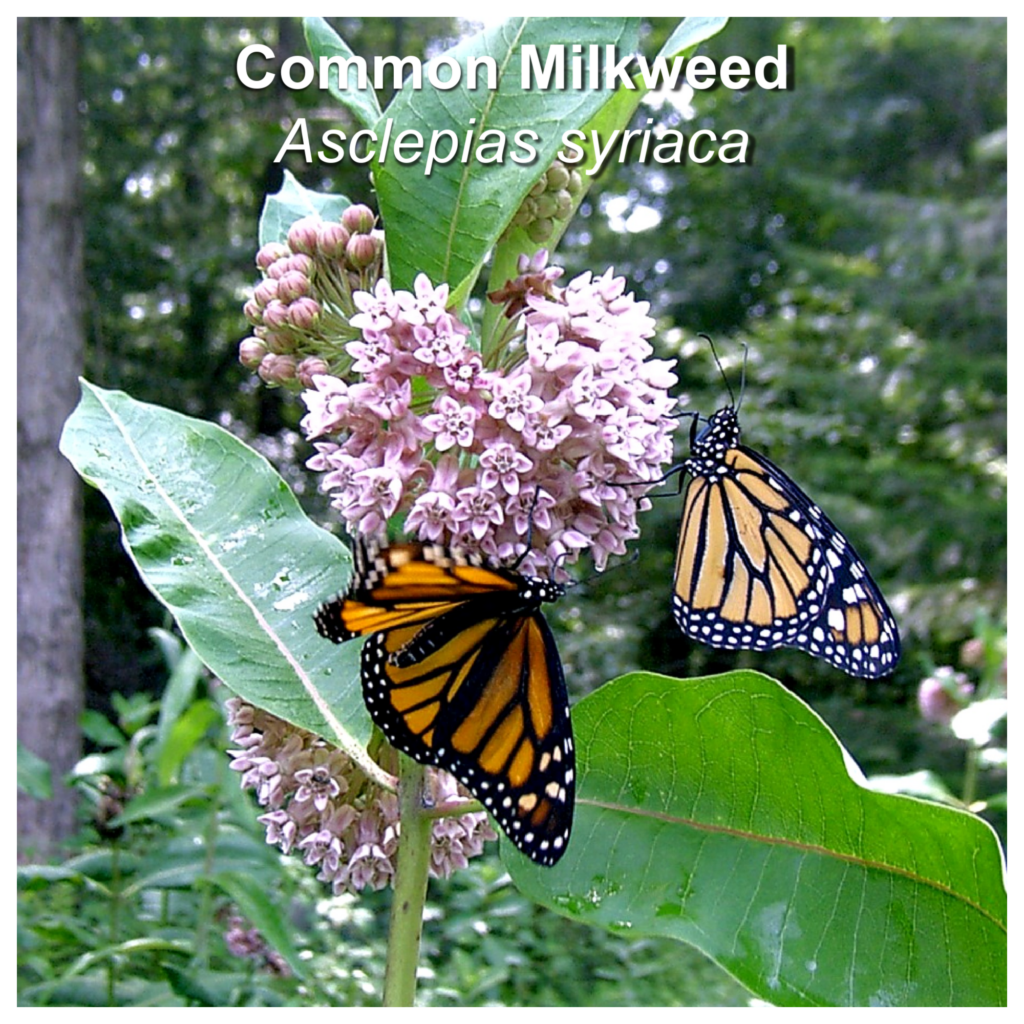
Common Milkweed (Asclepias syriaca), is a critical plant for Monarchs but has a spreading root system so it needs plenty of space. It’s a wonderful choice for natural areas and an excellent replacement for tough invasive plants in sunny spots. The blooms are quite fragrant and attract many other species of butterflies and pollinators.


- Perennial in USDA Zones 4-9
- Native to most of the eastern US and eastern Canada.
- Height 2-4 feet
- Blooms June-August
- Full sun, but will tolerate some shade
- Thrives on almost any well-drained soil, even tough clay or dry sand
- Spreads rapidly by rhizomes, so it is best planted in a large area
- Drought tolerant
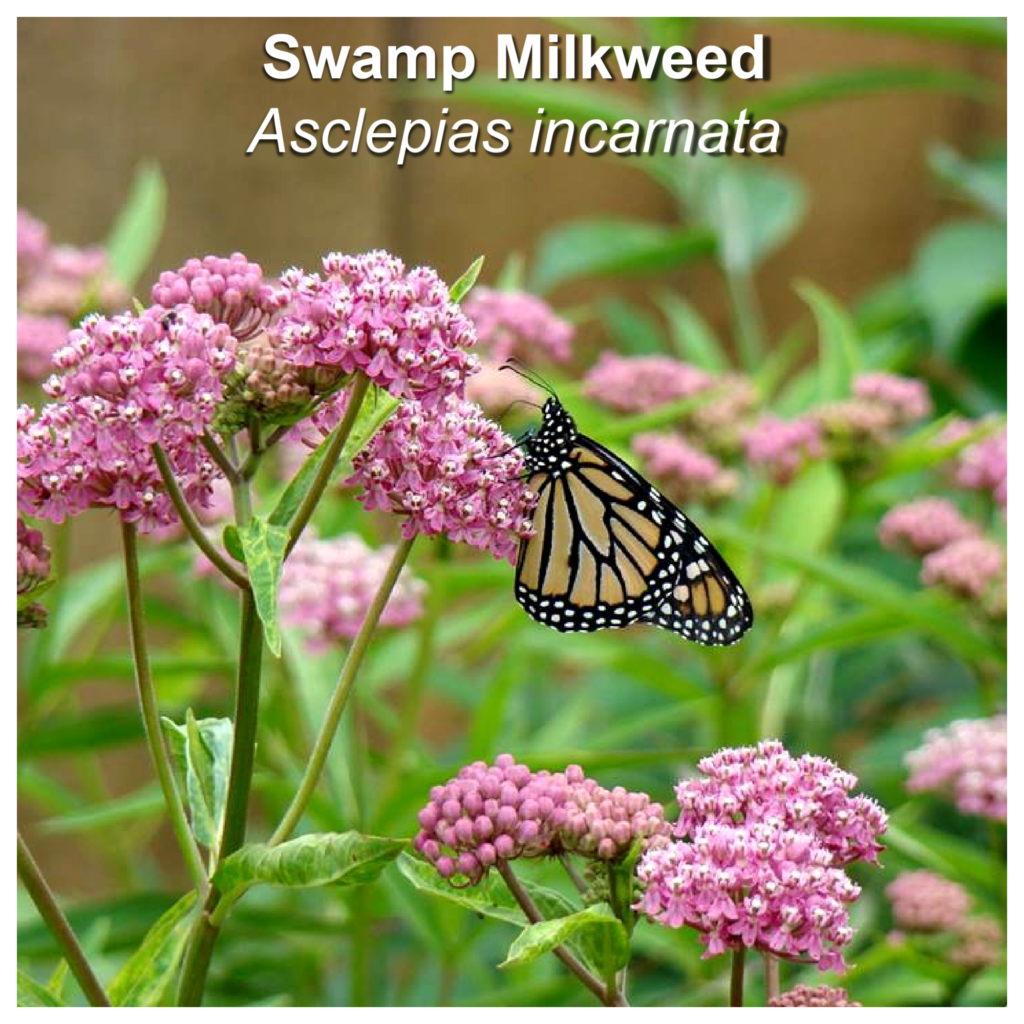
Swamp Milkweed (Asclepias incarnata) is native to wet sites but adapts to drier sites in moist clay or loam soils. Swamp milkweed is well behaved in the garden and grow in clumps rather than invasively spreading around with underground rhizomes. It will also attract beautiful butterflies and hummingbirds to your garden or meadow.

Swamp Milkweed will grow well in containers and can easily be grown from cuttings. It is highly preferred by the Monarch butterflies and females will readily lay their eggs on this plant.
- Perennial in USDA Zones 3-9
- Native to most of the Continental US and eastern Canada
- Height 4 to 6 feet
- Blooms throughout the summer into the fall
- Full sun but will also tolerate some shade
- Moist soil but well-drained
- Can be grown in containers
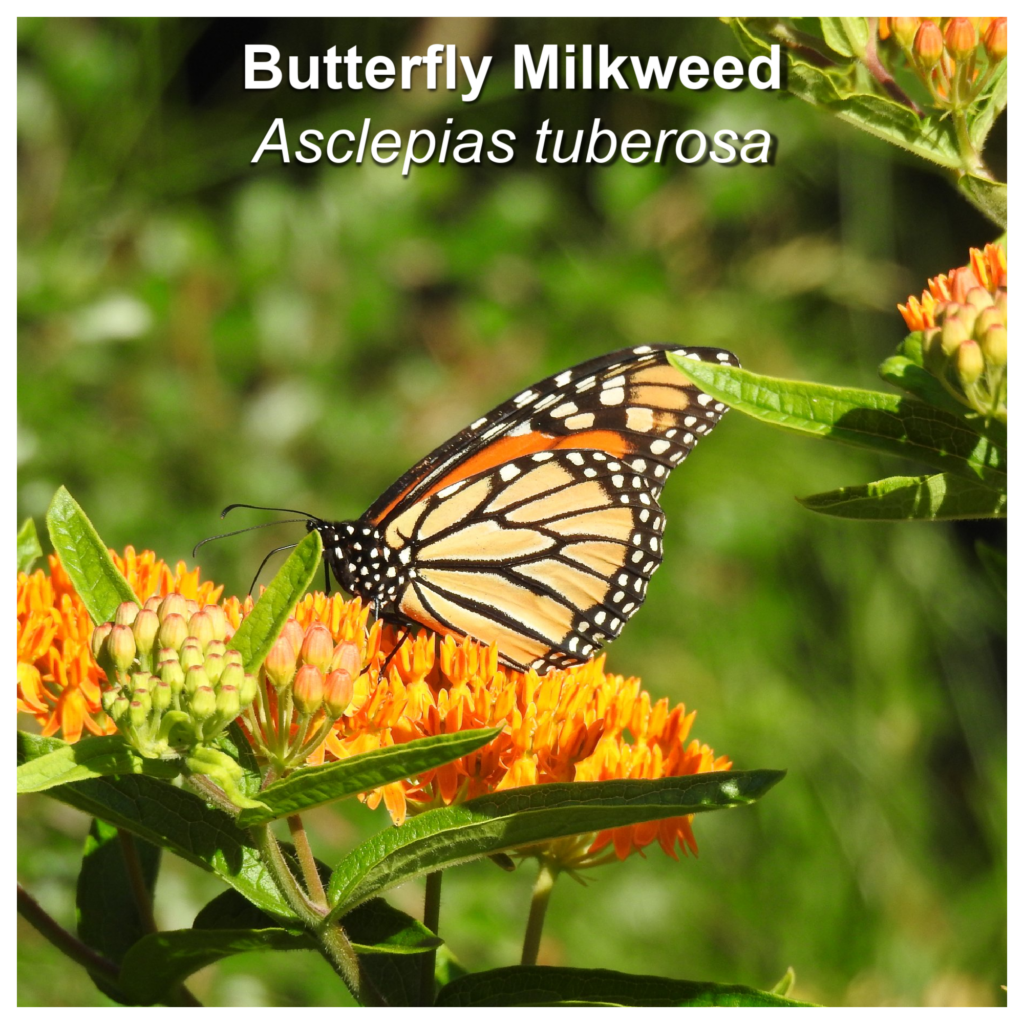
Butterfly Milkweed (Asclepias tuberosa) is also called Pleurisy Root, Canada Root, Orange Milkweed, and Indian Paintbrush. It takes about two years before it flowers, but it is well worth the wait for the spectacular orange blooms. Unlike other milkweed species, the leaves don’t contain a milky sap.

The plant is easily grown in average, dry to medium, well-drained soil in full sun. It is drought tolerant, moderately salt tolerant, and does well in poor, dry soils.
- Perennial in USDA Zones 4-11
- Native to most of the Continental US and Eastern Canada.
- Height 24-36 inches
- Blooms June-September
- Plant in full sun
- Dry, sandy, well-drained, and slightly acidic soil.
- Drought Tolerant

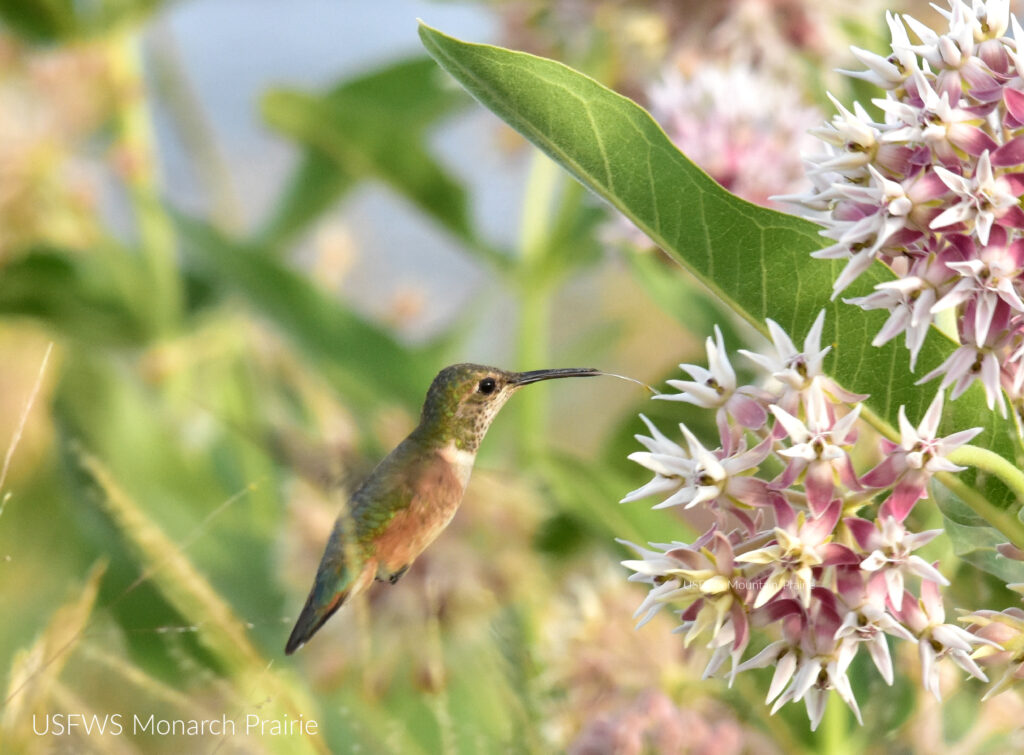
Showy Milkweed, Asclepias speciosa, has flowers that resemble a cluster of brilliant pink stars. Although it spreads through underground rhizomes, it is far less aggressive than common milkweed, and is an excellent alternative.
- Hardy Perennial in USDA Zones 3-9
- Native to the western half of the US and Canada
- Height 4 to 5 feet tall
- Blooms late spring to early fall
- Full sun
- Dry, medium soil
- Drought Tolerant
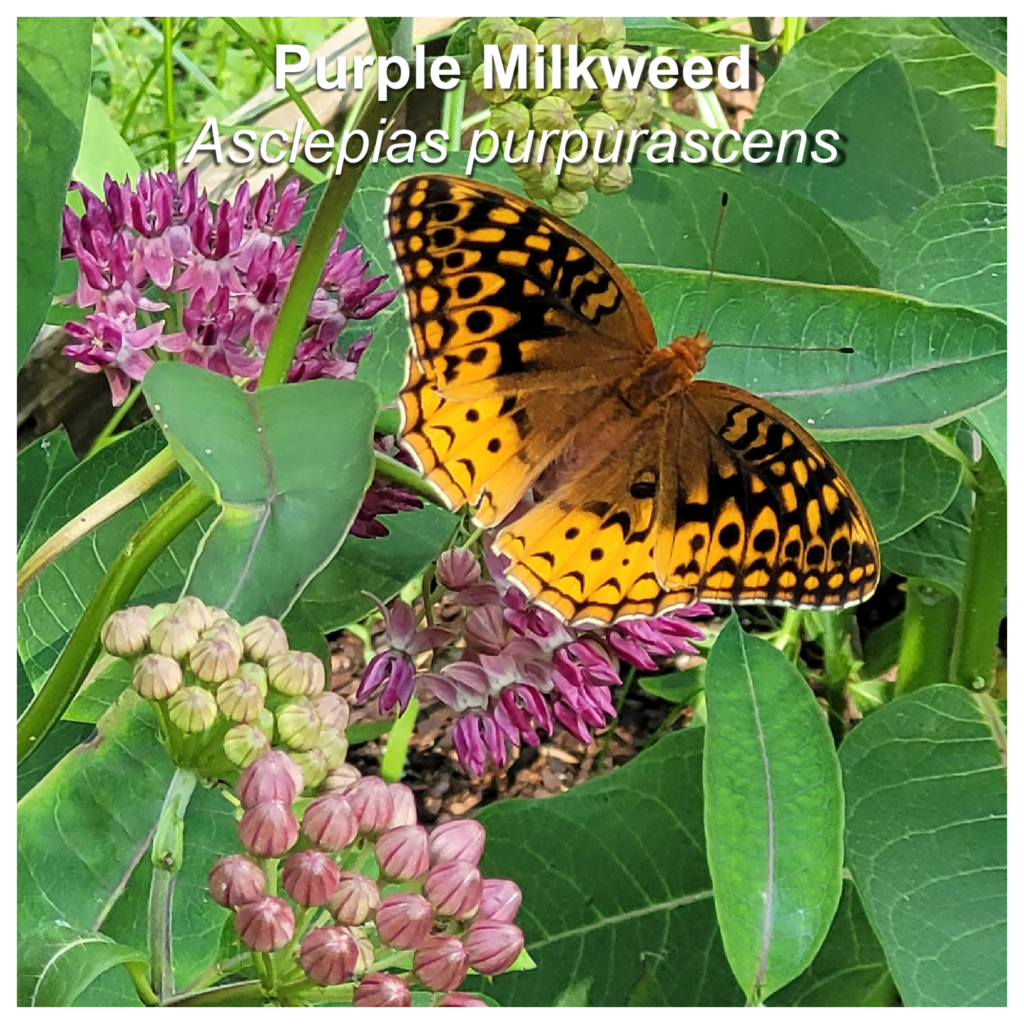
Purple Milkweed (Asclepias Purpurascens) is unique in that it posses the most beautiful purple flowers of all of the milkweeds. This plant likes full sun to partial shade (prefers morning sun and afternoon shade.) The fragrant flowers attract many species of butterflies, hummingbirds, bees and other pollinators.

Purple milkweed tends to spread less aggressively than Common Milkweed. Purple Milkweed are rare plants and can be difficult to establish in gardens. It may take several years for Purple Milkweeds to flower when introduced into a garden, but is definitely worth the wait!
-
- Hardy perennial in USDA zones 3-9
- Native to Eastern North America
- Height 18″ – 36″ tall
- Blooms from June to August
- Full sun to partial shade
- Prefers fertile, moist, well-drained soil

The absolute best way to help Monarch butterflies is to plant milkweed! Without a major effort to restore milkweed, the monarch population is certain to decline. Monarchs depend on milkweed for survival.

